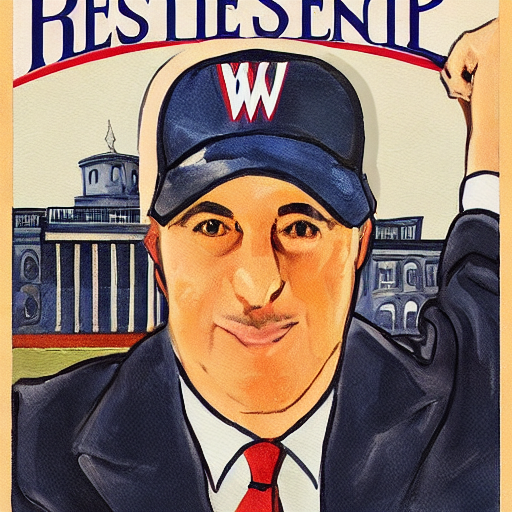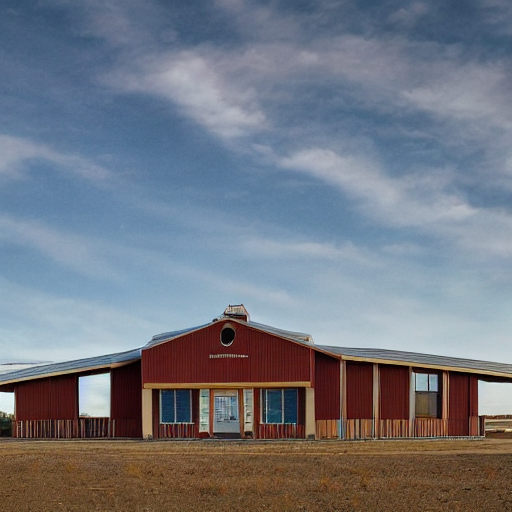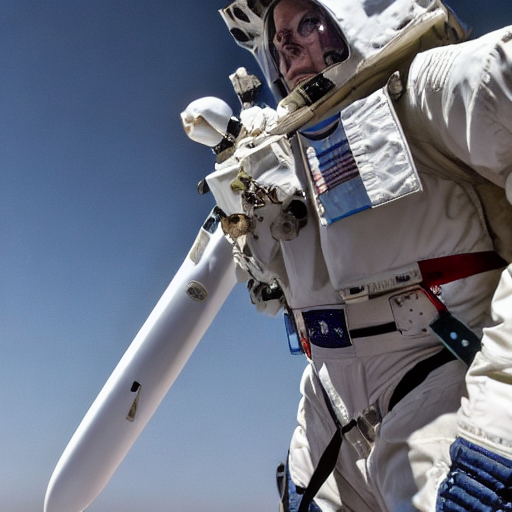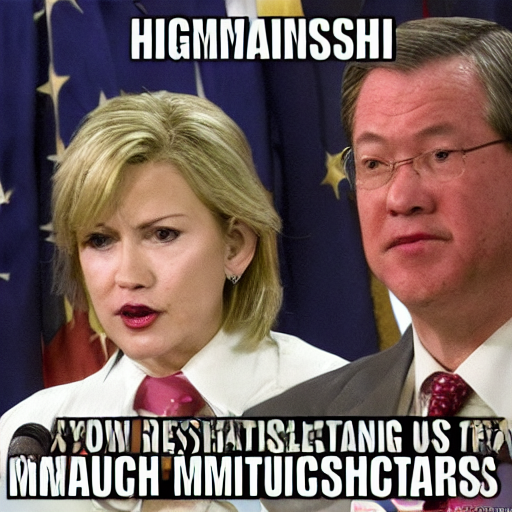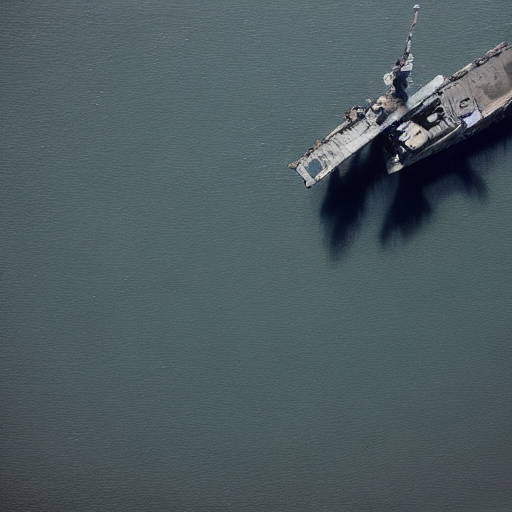"Prepare for a Wild Week of Weather Ahead: Snow, Possible Tornadoes and More!"
Published: 13-02-2023 14:17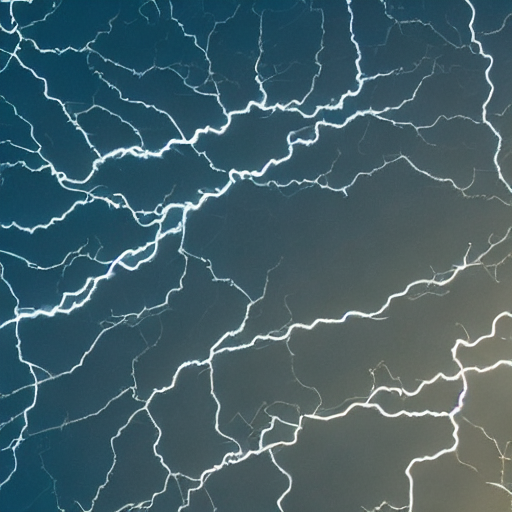
Midwest
Introduction
The U.S. Midwest is expecting a messy week of weather ahead, with various weather hazards ranging from snow to possible tornadoes. This weather can be dangerous and cause significant disruption in the region. In this tutorial, you will learn about the different types of weather hazards that are expected as well as what steps you can take to prepare for them and stay safe.
Snow Storms
Snowstorms are one of the most common winter hazards in the Midwest, and they can have a major impact on local communities. Heavy snowfall can make driving conditions hazardous, lead to power outages, and disrupt transportation services. It’s important to be prepared for snow storms by stocking up on essential items such as food, water, and batteries. Make sure you have an emergency plan in place so that you know who to contact if you need help or assistance during a storm.
Ice Storms
Ice storms occur when rain or drizzle freezes upon contact with surfaces such as roads and sidewalks. Ice storms can make it difficult to drive or even walk outside due to slippery conditions. To prepare for an ice storm, try to minimize outdoor activities and avoid driving unless absolutely necessary. If you must go outside during an ice storm, wear shoes with good traction and use caution when walking on icy surfaces.
Flooding
Flooding is another common hazard in the Midwest due to heavy rainfall or melting snowpack. Flooding can cause serious damage to homes and other structures as well as disrupt transportation services throughout the region. To protect your home against flooding, make sure your property is properly graded so that water flows away from your house instead of towards it. You should also store any valuable items on higher ground just in case of flooding emergencies.
Tornadoes
Tornadoes are perhaps one of the most dangerous weather hazards in the Midwest due to their destructive power and high winds speeds (upwards of 200 mph). Tornadoes can cause severe damage to buildings, trees, power lines, etc., so it’s important to be prepared for them by having an emergency plan in place that includes a secure shelter where everyone knows where to go during a tornado warning (such as the basement). You should also keep an eye out for signs of approaching tornadoes such as dark skies or large hail stones falling from the sky so that you have time to seek shelter if necessary.
Conclusion
As we have seen, there are several different types of weather hazards that could affect the U.S Midwest this week ranging from snowstorms to possible tornadoes – each of which has its own dangers and potential impacts on local communities. It’s important that residents take steps now to prepare for these hazards by stocking up on essential items such as food, water, batteries; create an emergency plan; minimize outdoor activities; store valuable items on higher ground; watch for signs of approaching tornadoes; etc., so they are prepared if needed during this potentially chaotic week ahead!

